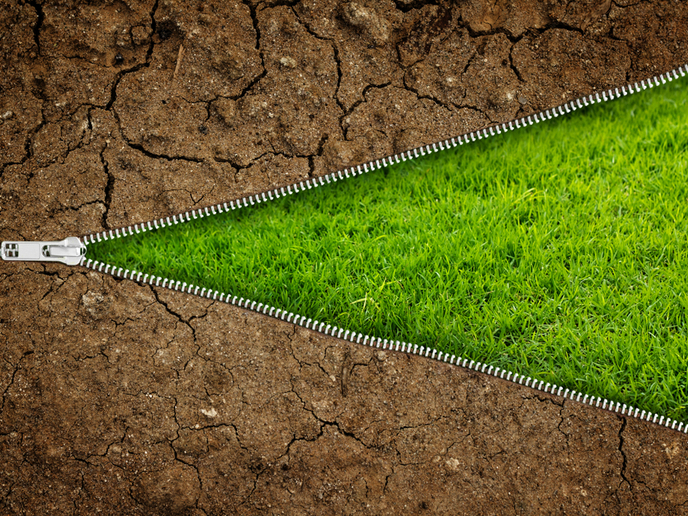Soil and sustainability: Raising the game for European agriculture
“To be a successful farmer one must first know the nature of the soil” – Xenophon, Ancient Greek philosopher
But as with so many other aspects of our physical environment, climate change and human activities are putting the quality and virility of our soil under threat, both in the EU and globally. Soil is essentially the very top layer of the earth’s crust, formed by mineral particles, organic matter, water, air and living organisms, and it plays a role in nearly every single natural cycle on the earth’s surface. It plays a role in nearly every single natural cycle on the earth’s surface. It’s actually extremely complex and soil formation is a slow process – in essence, one can think of soil as a non-renewable resource that could simply run out if humans continuously contaminate it or work it in such a way that it has no chance to recover and thus becomes spoilt and unusable for future generations. Agricultural production is ultimately limited by soil type, climate, hydrology and land management. Human populations over the years may have drained land for cultivation (affecting hydrology), purposely modified the landscape for aesthetic reasons, built structures or removed native vegetation. Indeed, some modifications, first pioneered by those ancient farmers, have aided in food production and do not lead to soil degradation but others, especially more modern methods such as the use of heavy equipment, can cause soil compaction and disruption to the natural soil life cycle. The heavy use of fertilisers has also been shown to contribute to major soil erosion. The good news is that soil is quite resilient and can heal if given the chance. This is why there has been a growing movement to encourage more sustainable agricultural methods, alongside efforts to find new solutions to rehabilitate already decontaminated soil. This movement is also supported by policymakers – the EU aims, through its 2014 Seventh Environment Action Programme, to ensure that by 2020 land is managed sustainably within the Union and that soil is adequately protected. So, in this special feature of Research*eu magazine, we cover seven projects that are both developing innovative methods to make modern agriculture more soil-friendly, as well as offering solutions to help revitalise contaminated soil so that it may be used productively again. We look forward to receiving your feedback. You can send questions or suggestions to editorial@cordis.europa.eu.



